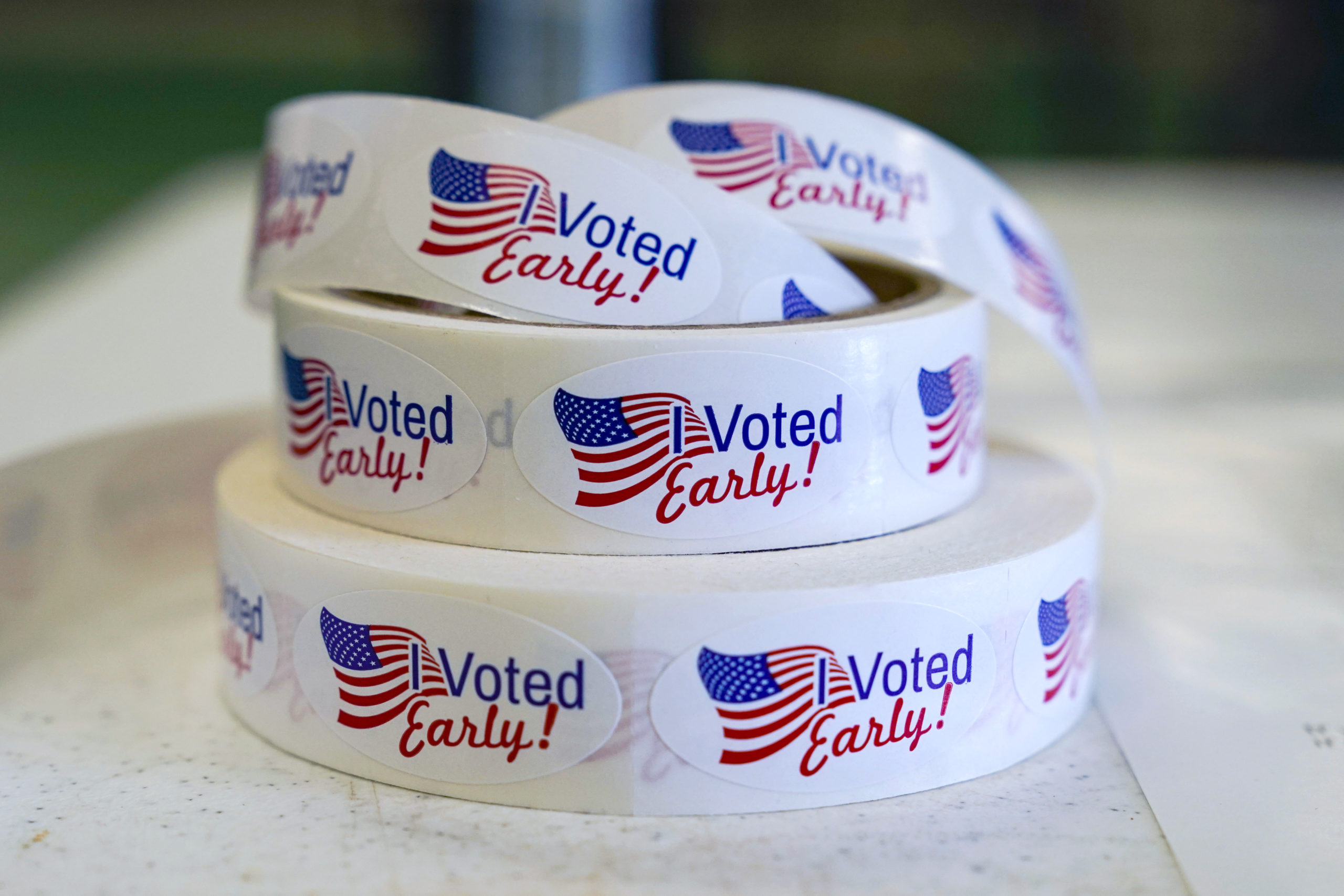Reducing clause conflicts with UIM coverage
By: dmc-admin//October 18, 2006//
|
What the court held Case: Gresens v. State Farm Mut. Auto. Ins. Co., No. 2005AP2574 Issue: Is an automobile policy ambiguous if it provides UIM coverage, but permits reduction from the limits for payments from joint tortfeasors who are not underinsured? Holding: Yes. The reducing clause conflicts with the UIM coverage. Attorneys: For Appellant: Covelli, Claude J., Madison; For Respondent: Antoine, Virginia M., Milwaukee; Murray, John D., Appleton |
An insured can collect underinsured motorist (UIM) benefits, even if her total recovery from all sources exceeds her UIM limits, the Wisconsin Court of Appeals held on Oct. 10.
In 2001, Shayna Gresens was injured in an automobile accident. Gresens was a passenger in a vehicle driven by her husband, James Gresens. Their vehicle collided with a vehicle driven by Joseph Williams.
At the time of the accident, the Gre-senses were covered by a policy from State Farm Mutual Automobile Insurance Co., with liability and UIM limits of $250,000 and $100,000 per person, respectively.
Williams was covered by a $50,000 liability policy issued by American Standard Insurance Company. Thus, Williams is an underinsured motorist, and husband James is not.
American Standard paid its policy limits of $50,000. State Farm and Gresens went to trial. At trial, the jury determined that James was forty percent causally negligent and that Williams was sixty percent causally negligent. The jury determined that Gresens’ total damages were $263,100.
Accordingly, James was responsible for $105,240 and Williams was responsible for $157,860.
State Farm paid Gresens the $105,240 due as James’s liability insurer, but argued no money was due under her UIM policy because both the $50,000 paid by American Standard, plus the $105,240 paid on behalf of James, exceeded her $100,000 UIM limit.
Gresens argued $50,000 was still payable under the UIM policy because only the American Standard payment should be deducted from her UIM limit.
Outagamie Circuit Court Judge Mark J. McGinnis agreed with Gresens, finding State Farm’s reducing clause contextually ambiguous, and ordered that Gresens be paid $50,000 more. State Farm appealed, but the court of appeals affirmed, in a decision by Judge Gregory A. Peterson.
The court found that the policy was ambiguous in three separate respects, although it only engaged in significant discussion of the first:
(1) the definition of coverage granted coverage in some instances where no payment would actually be made because of the reducing clause, implying more than the policy delivered;
(2) the effect of the reducing clause was impermissibly made clear only in the reducing clause itself; and
(3) the declarations page contained no indication that policy limits were subject to conditions and exceptions set forth later in the policy.
Addressing the first of these deficiencies, the court began by setting forth State Farm’s definition of underinsured motorist coverage:
“[State Farm] will pay damages for bodily injury an insured is legally entitled to collect from the owner or driver of an underinsured motor vehicle …
[An] underinsured motor vehicle — means a land motor vehicle:
… whose limits of liability for bodily injury liability
(a) are less than the limits of liability of this coverage; or
(b) have been reduced by payments to persons other than the insured to less than the limits of this coverage.
The reducing clause provides in relevant part:
The most [State Farm] will pay is … the limits of liability of this coverage reduced by … the amount paid to the insured by or on behalf of any person or organization that may be legally responsible for the bodily injury. (all emphases in original policy).
The court concluded that the policy’s definition of UIM coverage promises more than the policy delivers.
The court concluded, “It promises that State Farm will pay damages an insured is legally entitled to collect from a motorist whose limits of liability are less than the limits of the State Farm UIM coverage.
| |
||
|
Related Article |
||
| |
||
Because of the reducing clause, however, this promise is a misleading one.”
The court explained, “There are many instances, including here, where an insured is legally entitled to collect damages from a motorist whose limits of liability are less than the limits of the State Farm policy.
Under the policy definition of coverage, State Farm will pay damages in that situation. Yet under State Farm’s UIM reducing clause, State Farm will pay nothing.”
The court elaborated, “the policy will pay nothing in many instances where injuries are caused by an underinsured motorist. Such a drastic change from the ordinary expectations of a reasonable insured cannot be buried in one sentence in the section of the policy dealing with limits of liability. Absent some clue directing the insured to that sentence, an insured could reasonably rely on State Farm’s statement that it ‘will pay damages an insured is legally entitled to collect from’ an underinsured motorist.”
Accordingly, after cursorily addressing the other two deficiencies, and declining to address Gresens argument that the policy is barred by sec. 632.32(5)(i), the court affirmed.
Click here for Case Analysis.
Legal News
- History made in Trump New York trial opening statements
- Prosecutor won’t bring charges against Wisconsin lawmaker over fundraising scheme
- Republican Wisconsin Senate candidate says he doesn’t oppose elderly people voting
- Vice President Harris to reveal final rules mandating minimum standards for nursing home staffing
- Election workers fear threats to their safety as November nears
- Former law enforcement praise state’s response brief in Steven Avery case
- Eric Toney announces re-election bid for Fond du Lac County District Attorney
- Former Wisconsin Democratic Rep. Peter Barca announces new bid for Congress
- Republicans file lawsuit challenging Evers’s partial vetoes to literacy bill
- More human remains believed those of missing woman wash up on Milwaukee Co. beach
- Vice President Harris returning to Wisconsin for third visit this year
- Wisconsin joins Feds, dozens of states to hold airlines accountable for bad behavior
WLJ People
- Power 30 Personal Injury Attorneys – Russell Nicolet
- Power 30 Personal Injury Attorneys – Benjamin Nicolet
- Power 30 Personal Injury Attorneys – Dustin T. Woehl
- Power 30 Personal Injury Attorneys – Katherine Metzger
- Power 30 Personal Injury Attorneys – Joseph Ryan
- Power 30 Personal Injury Attorneys – James M. Ryan
- Power 30 Personal Injury Attorneys – Dana Wachs
- Power 30 Personal Injury Attorneys – Mark L. Thomsen
- Power 30 Personal Injury Attorneys – Matthew Lein
- Power 30 Personal Injury Attorneys – Jeffrey A. Pitman
- Power 30 Personal Injury Attorneys – William Pemberton
- Power 30 Personal Injury Attorneys – Howard S. Sicula











